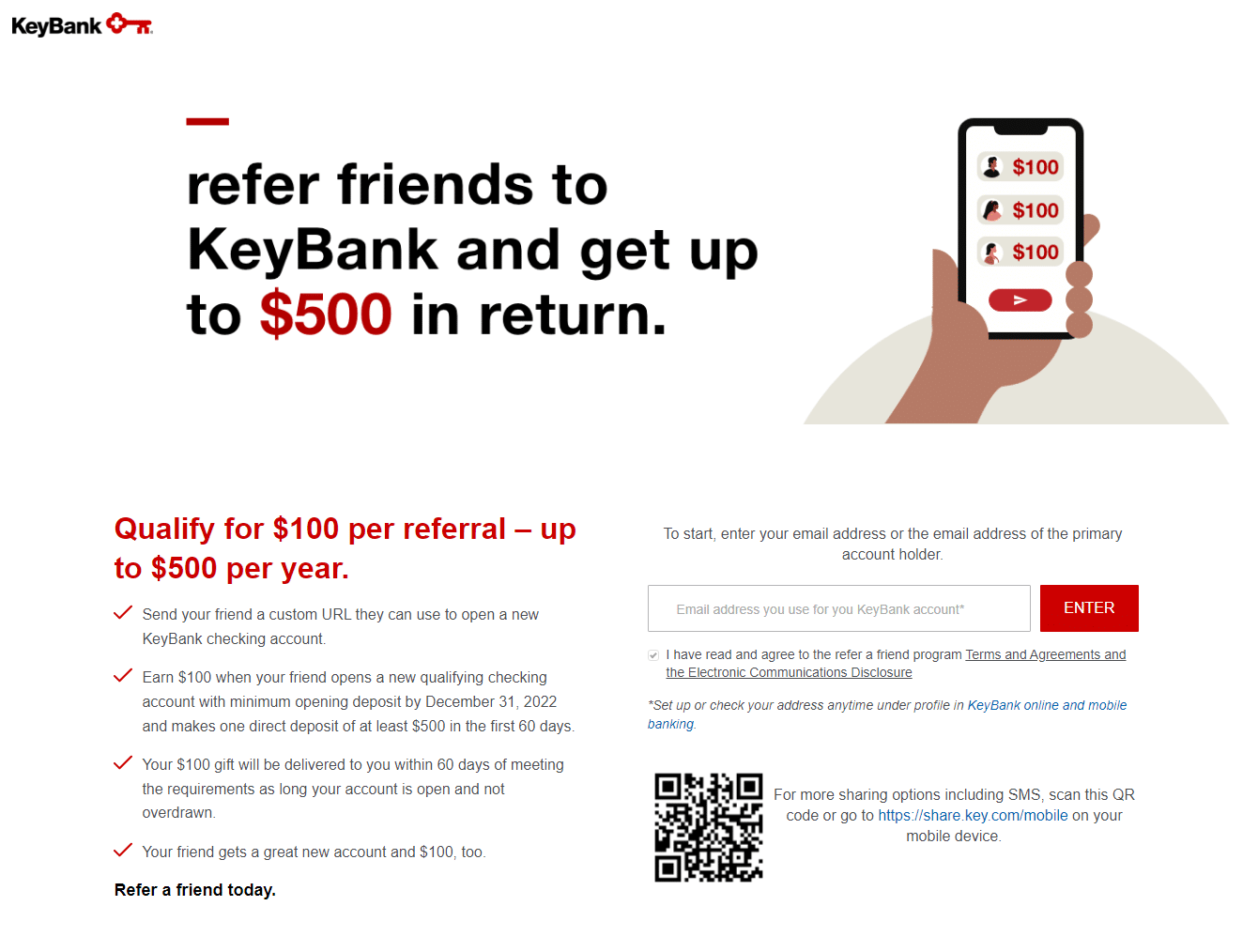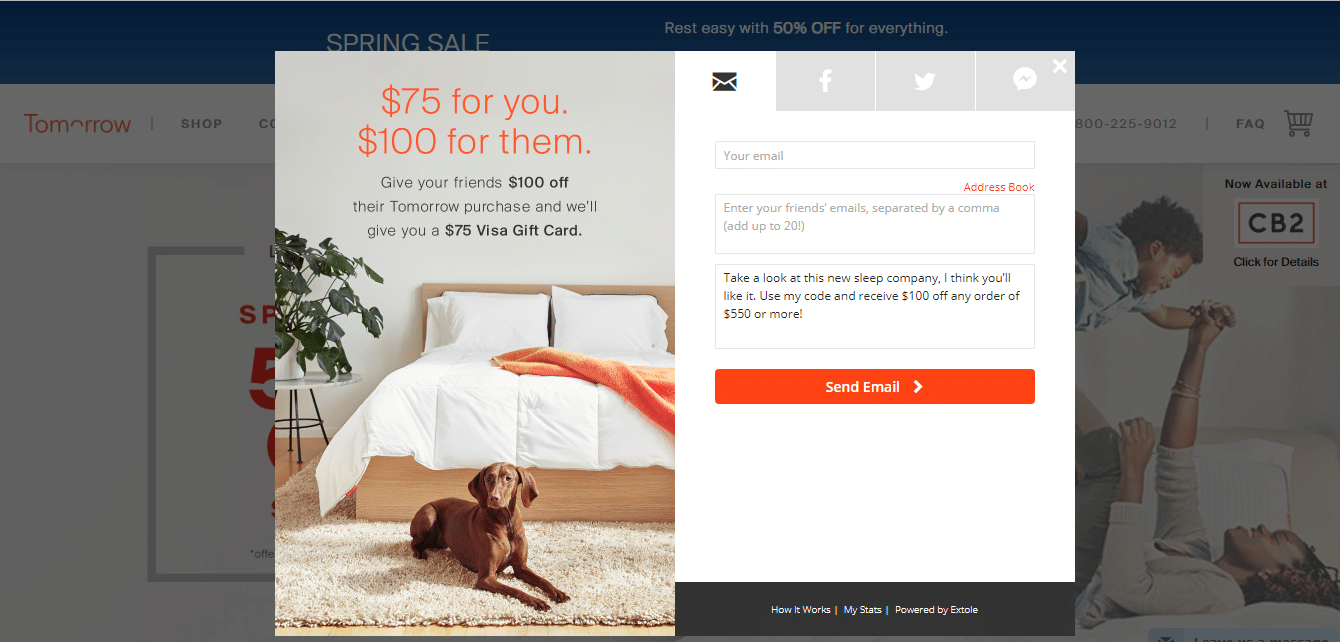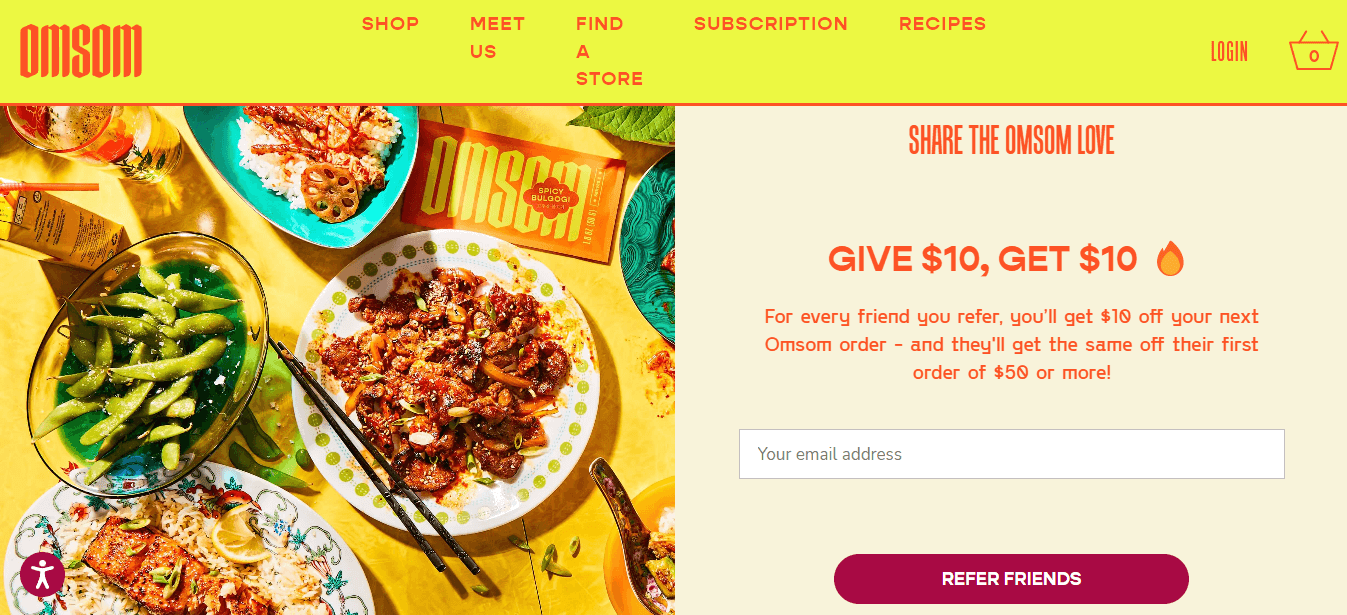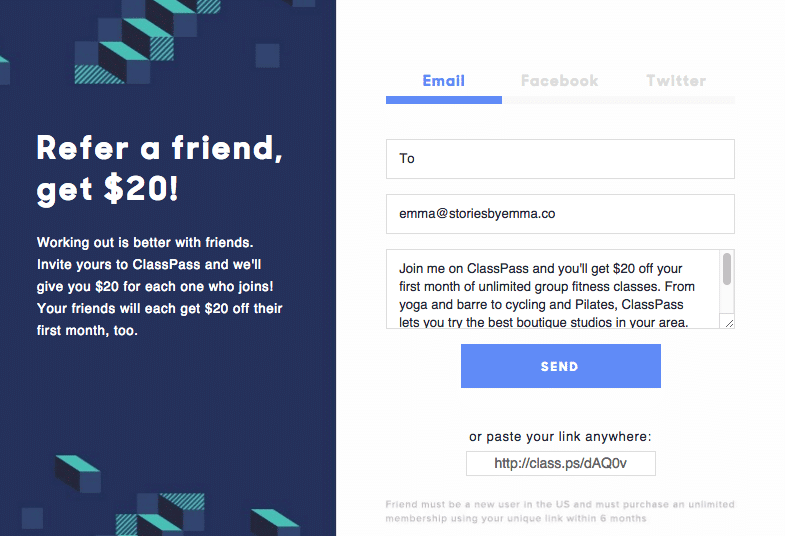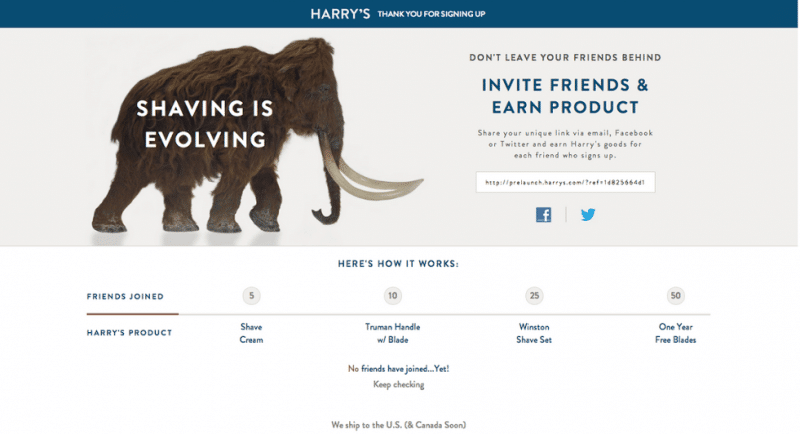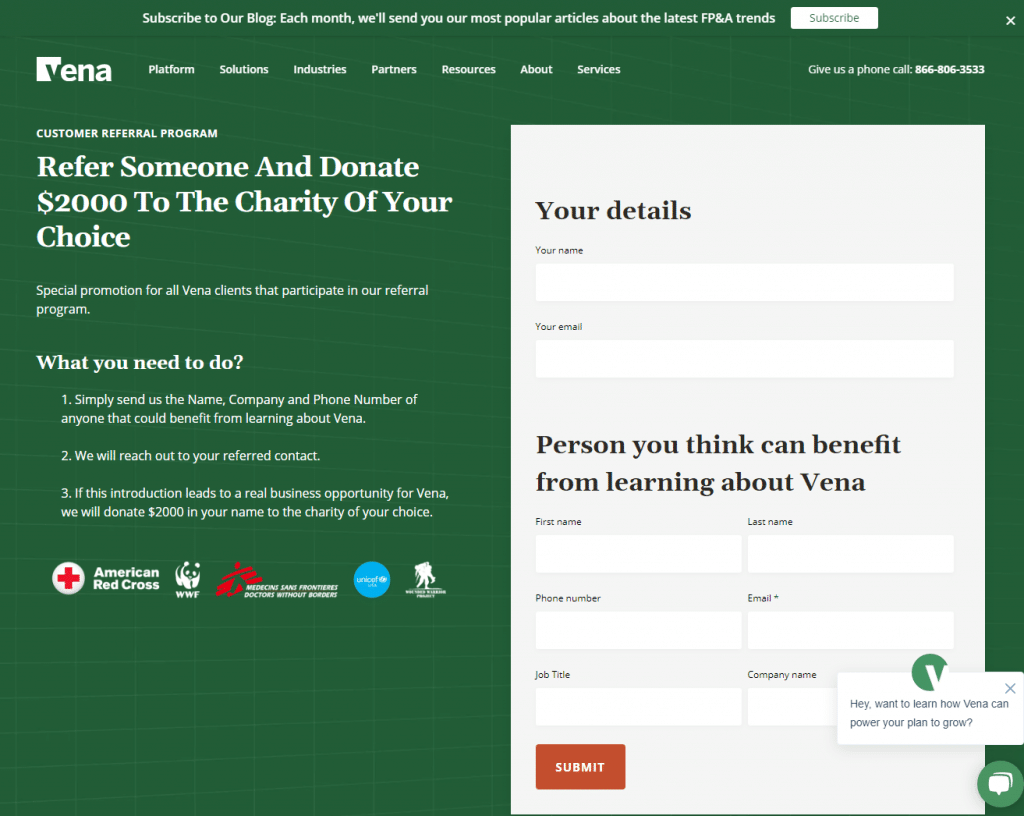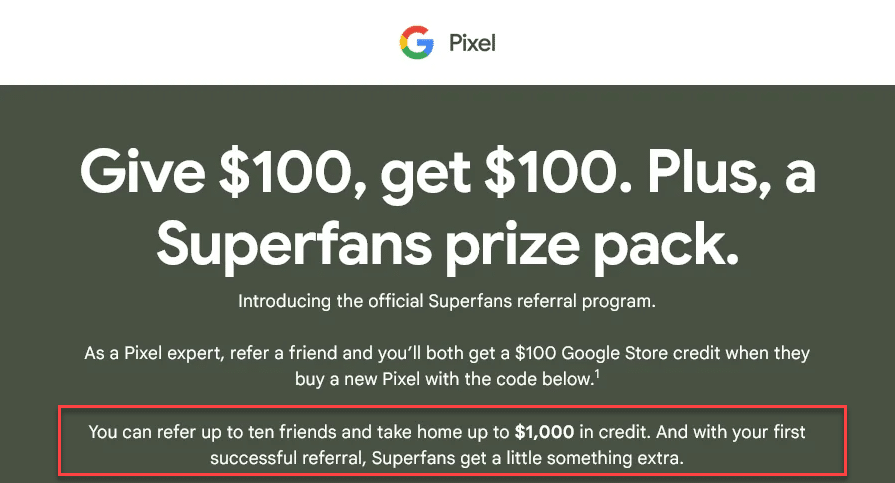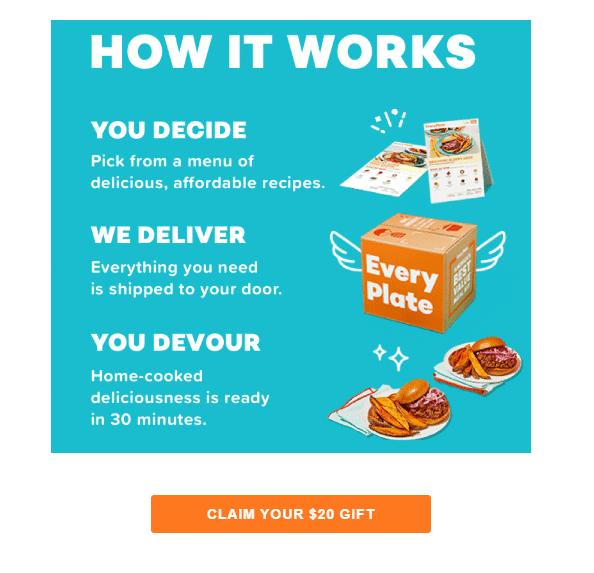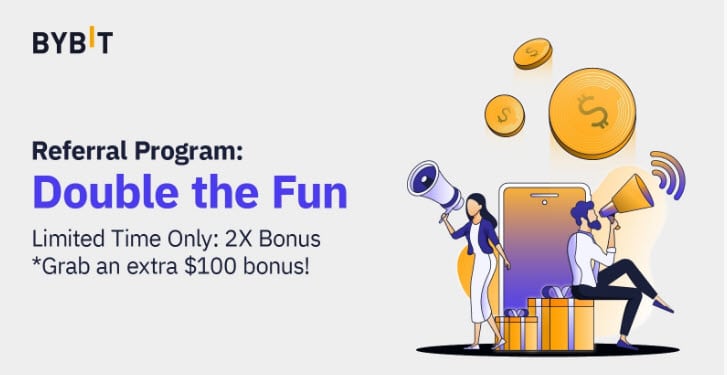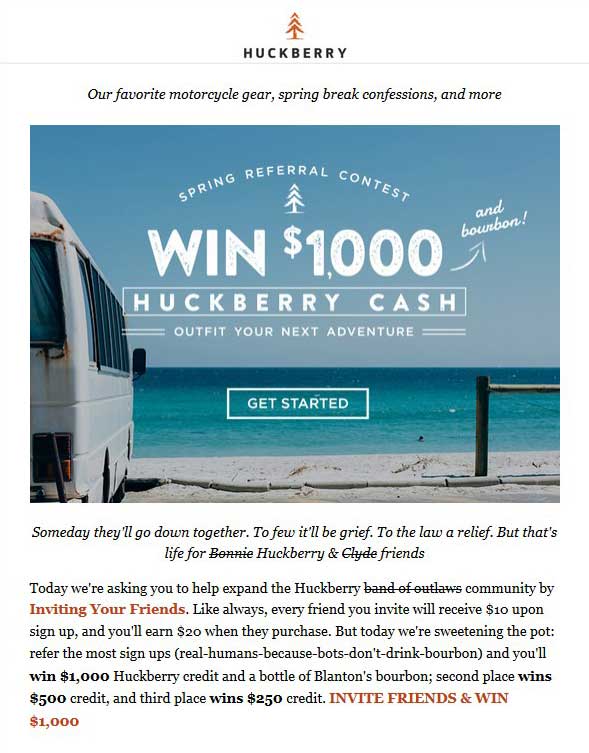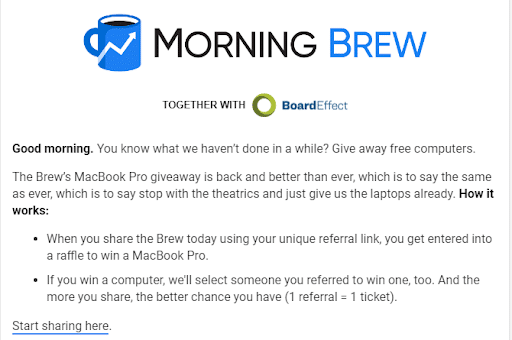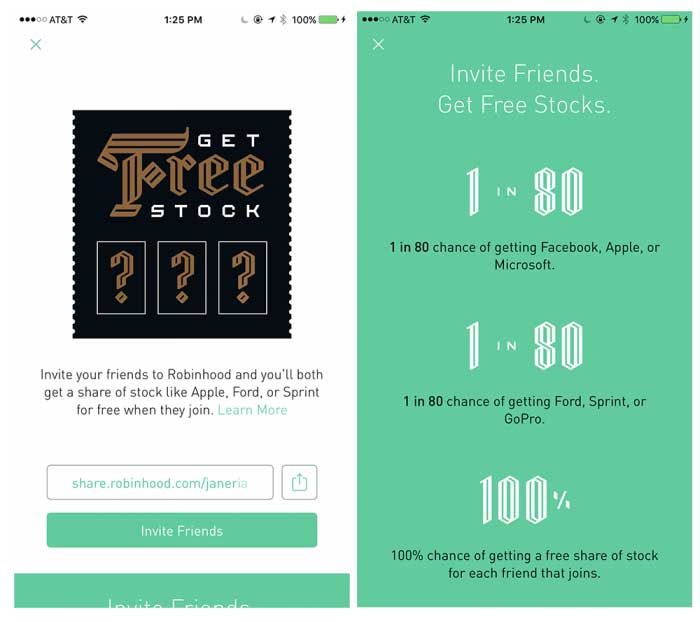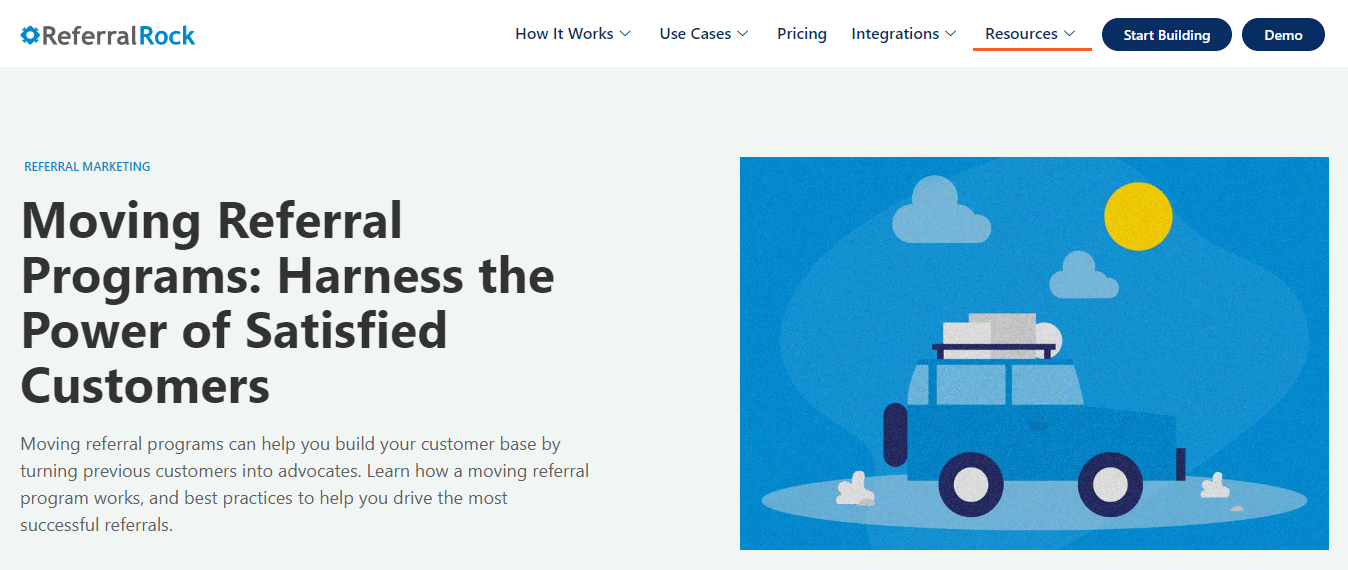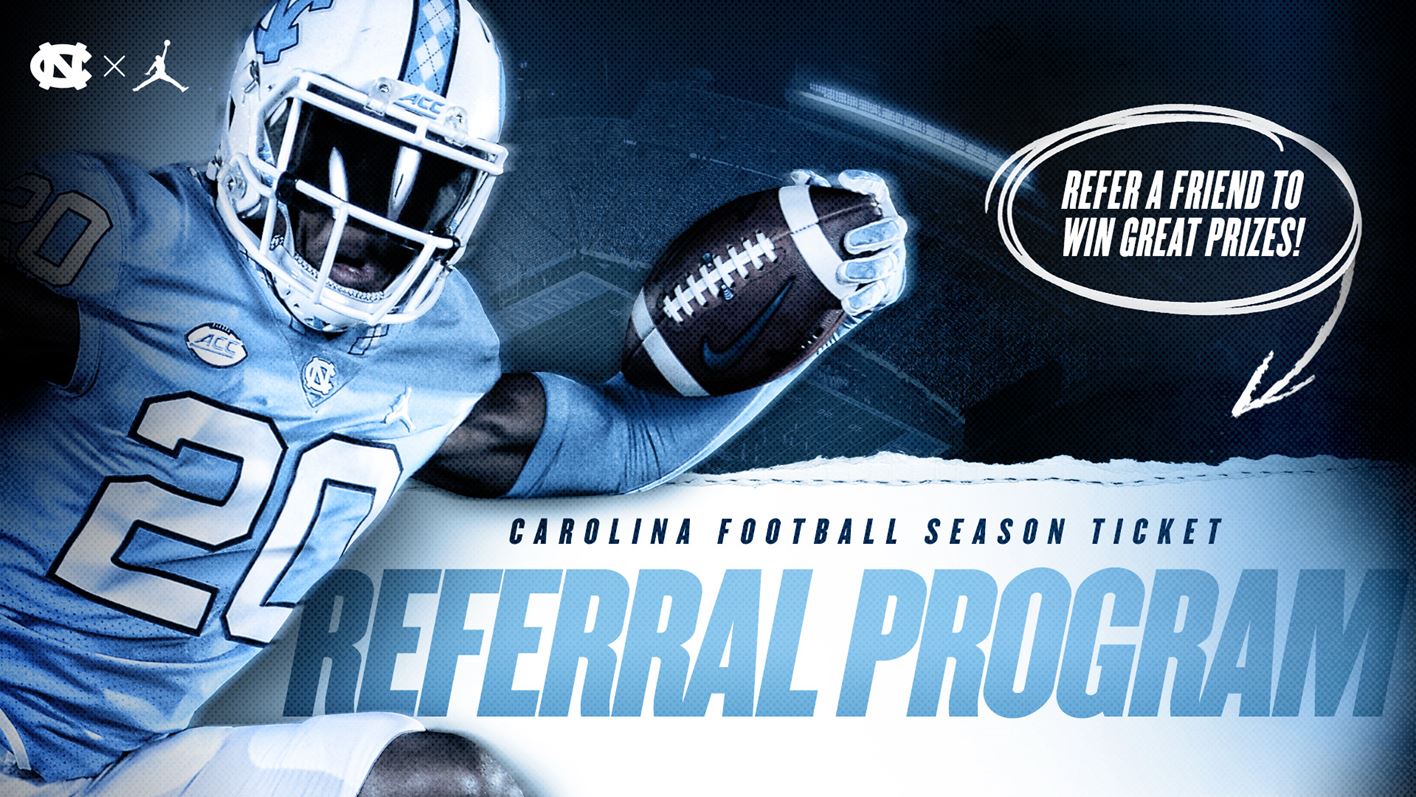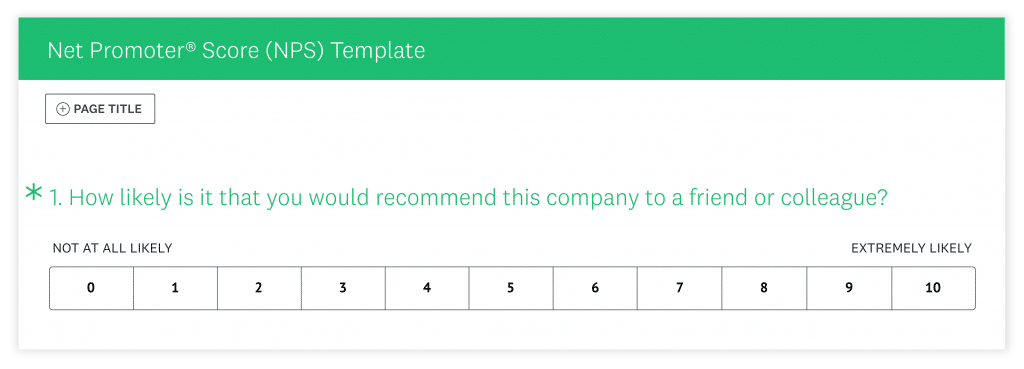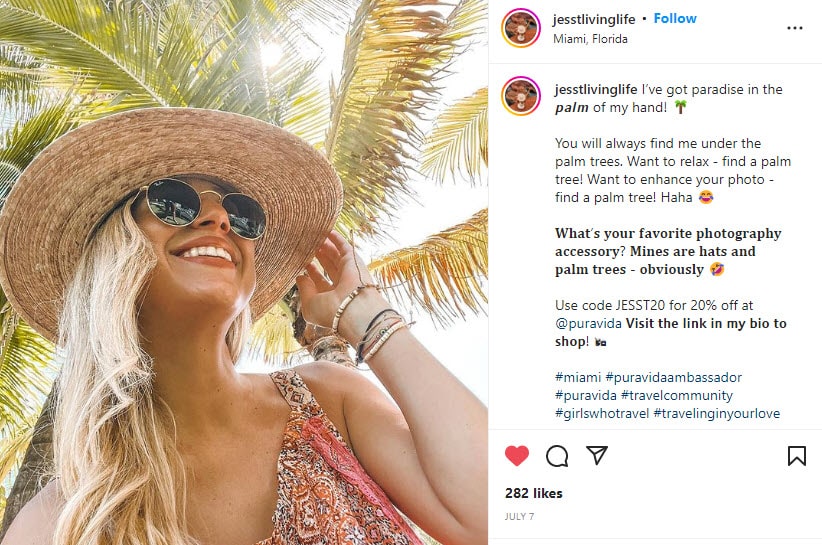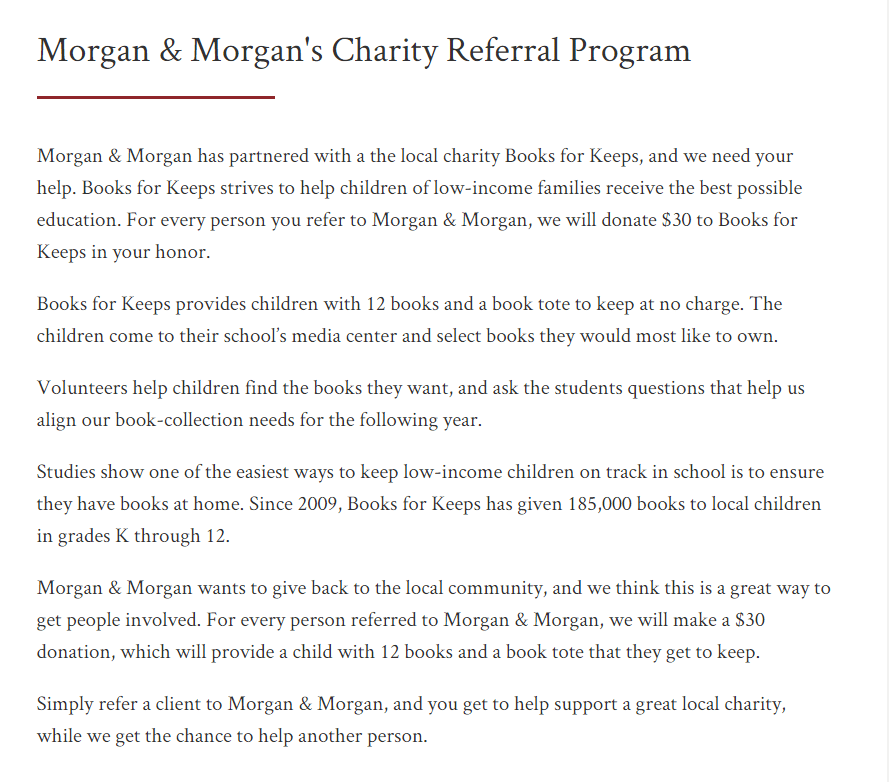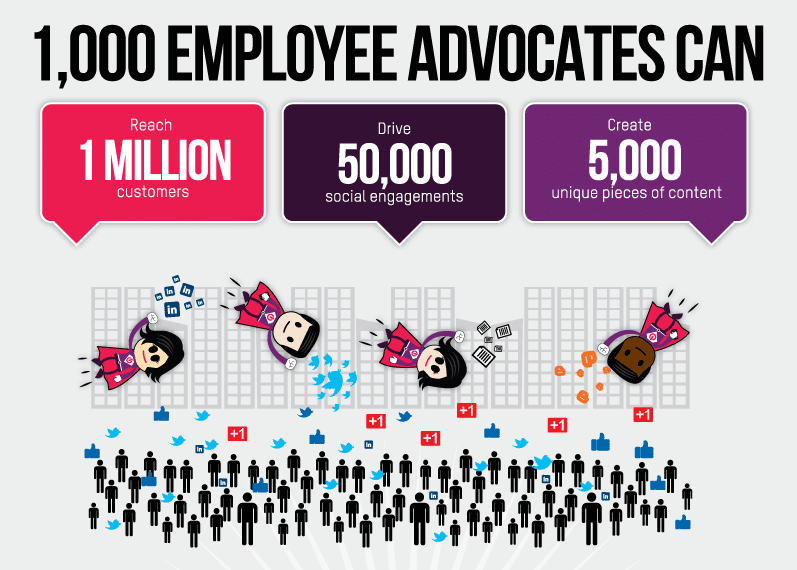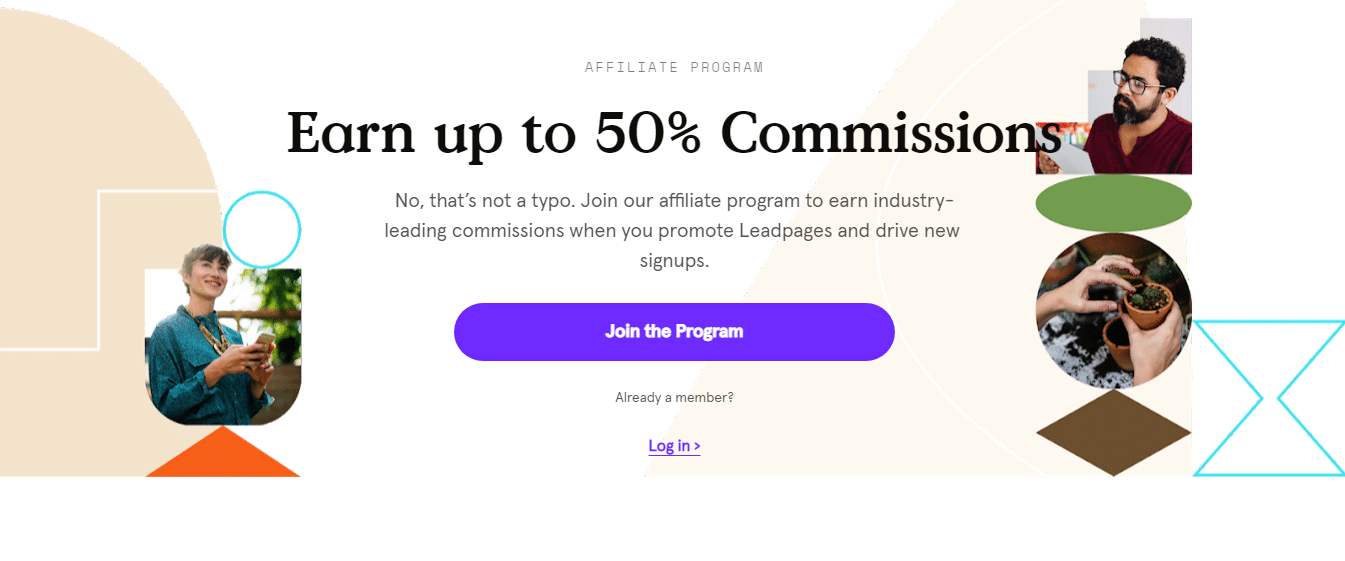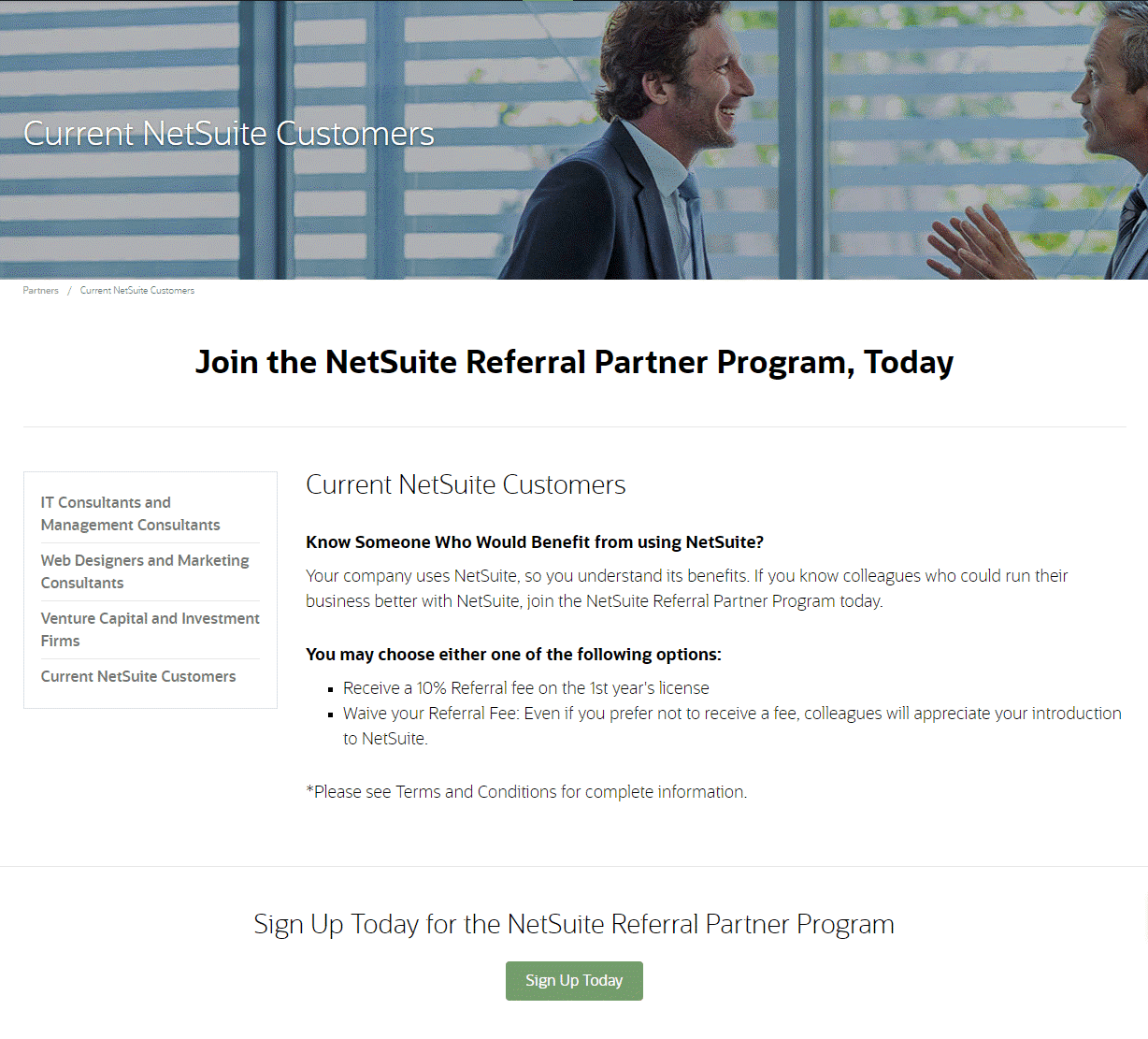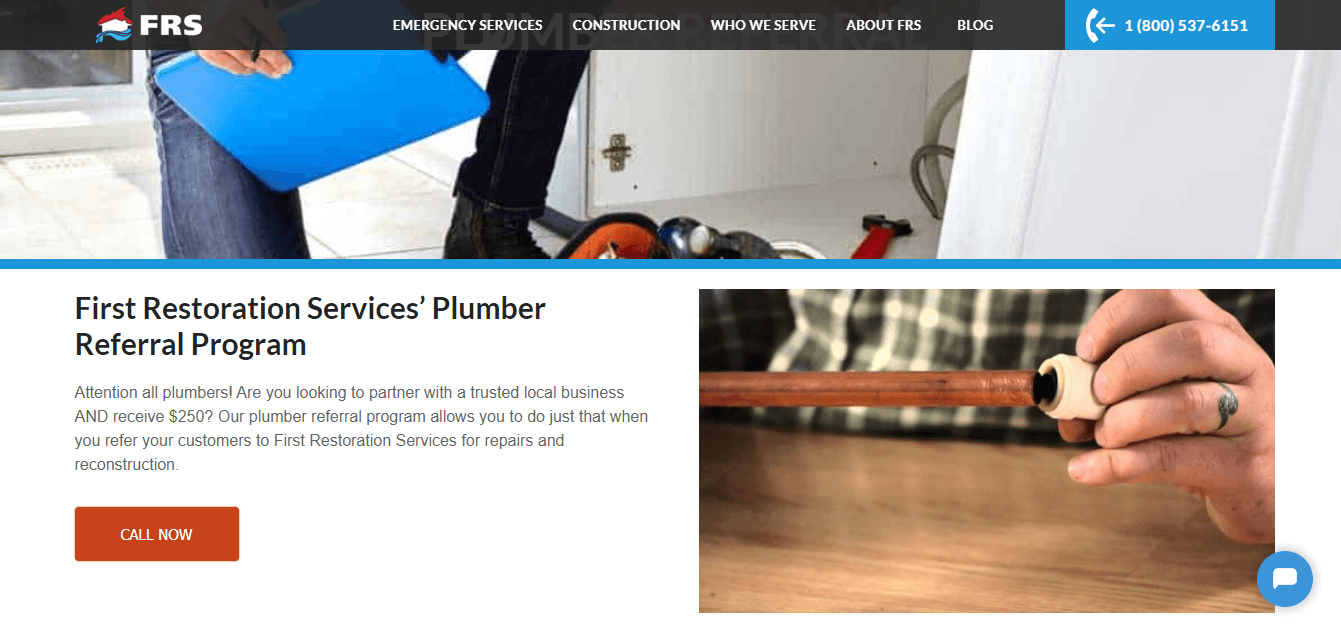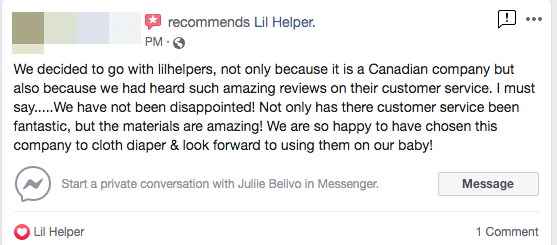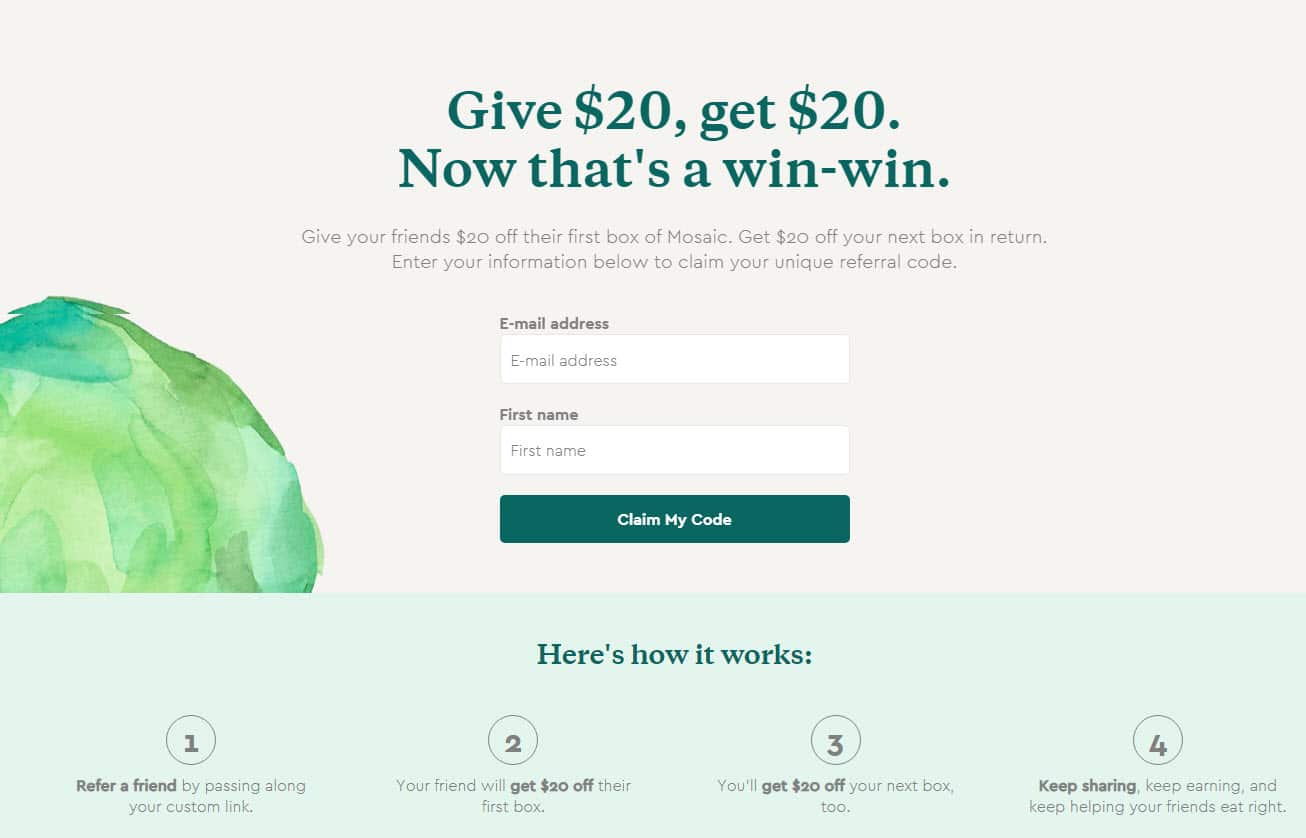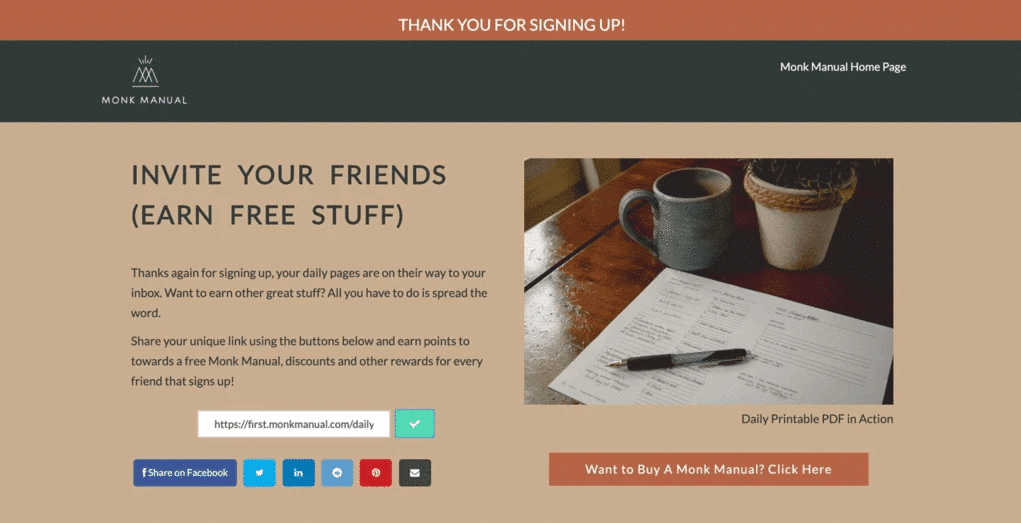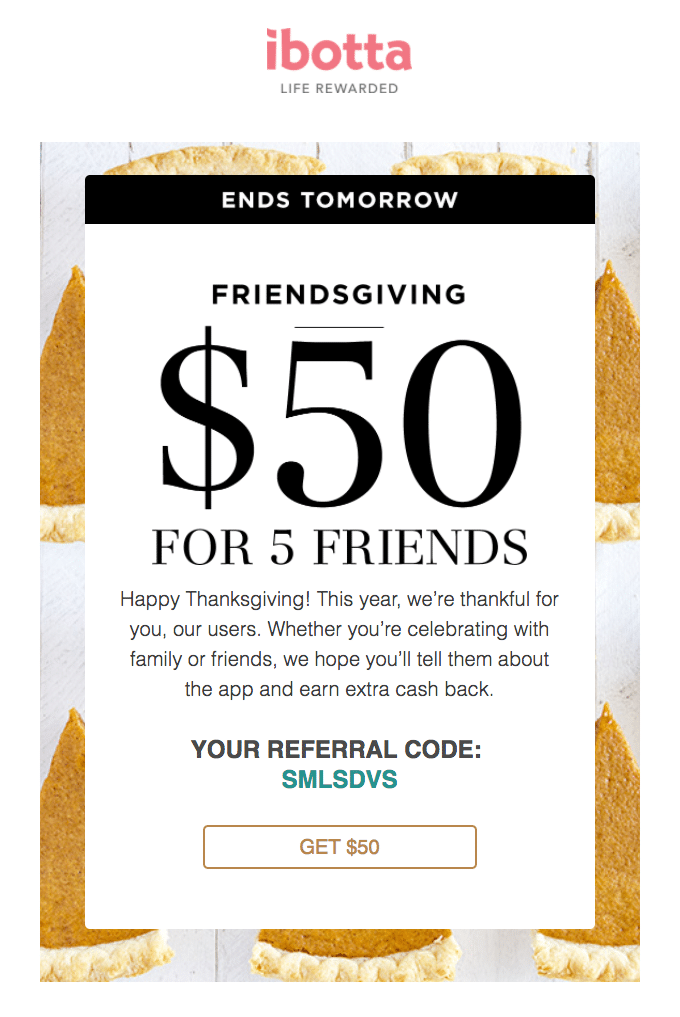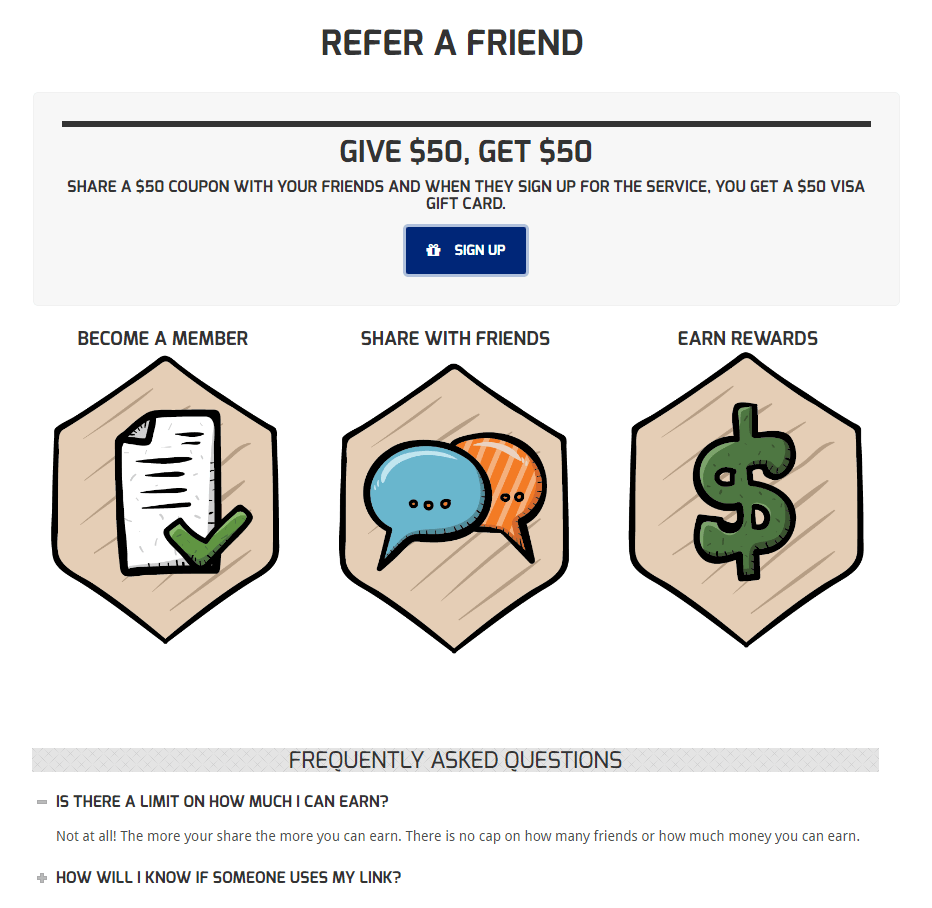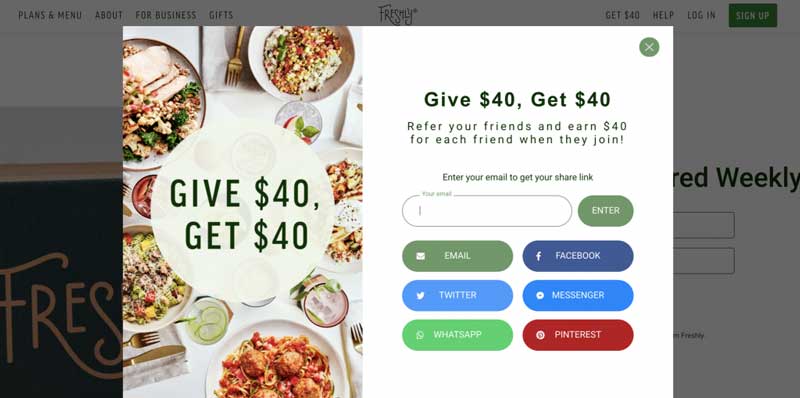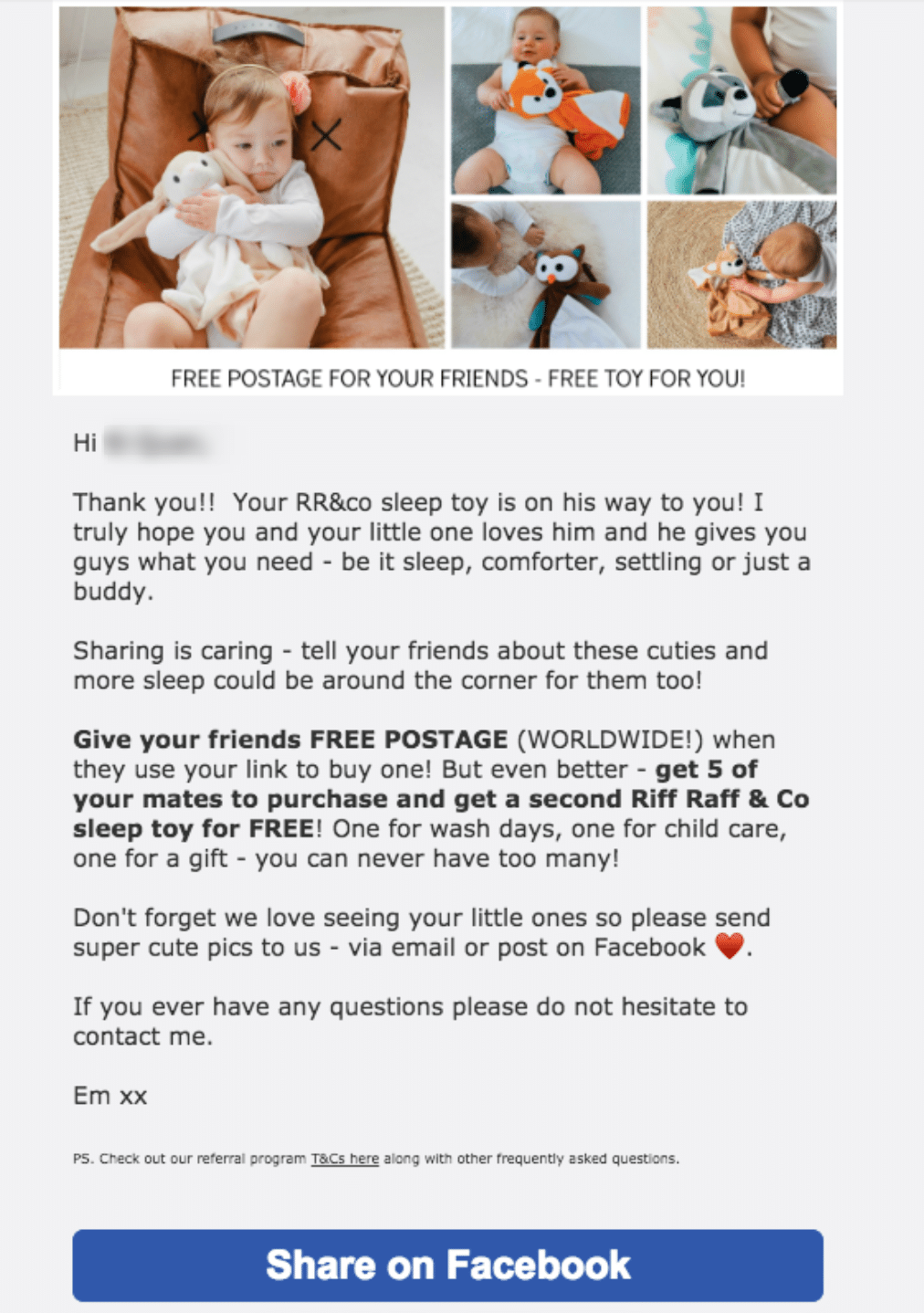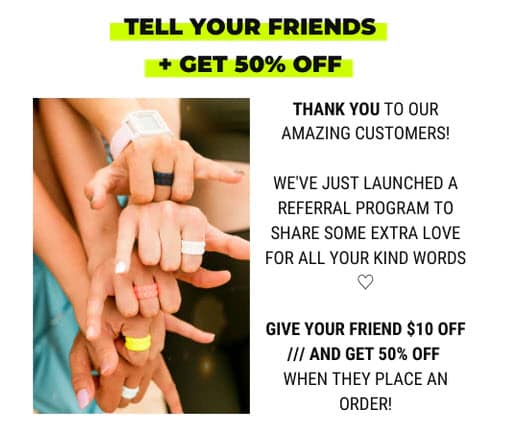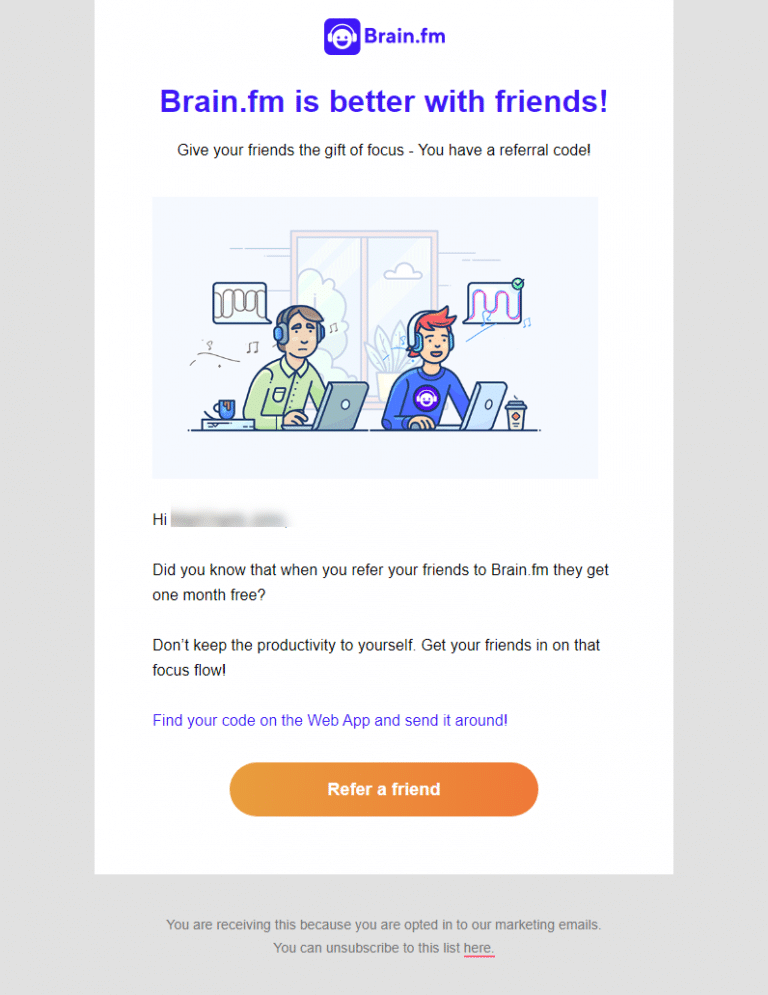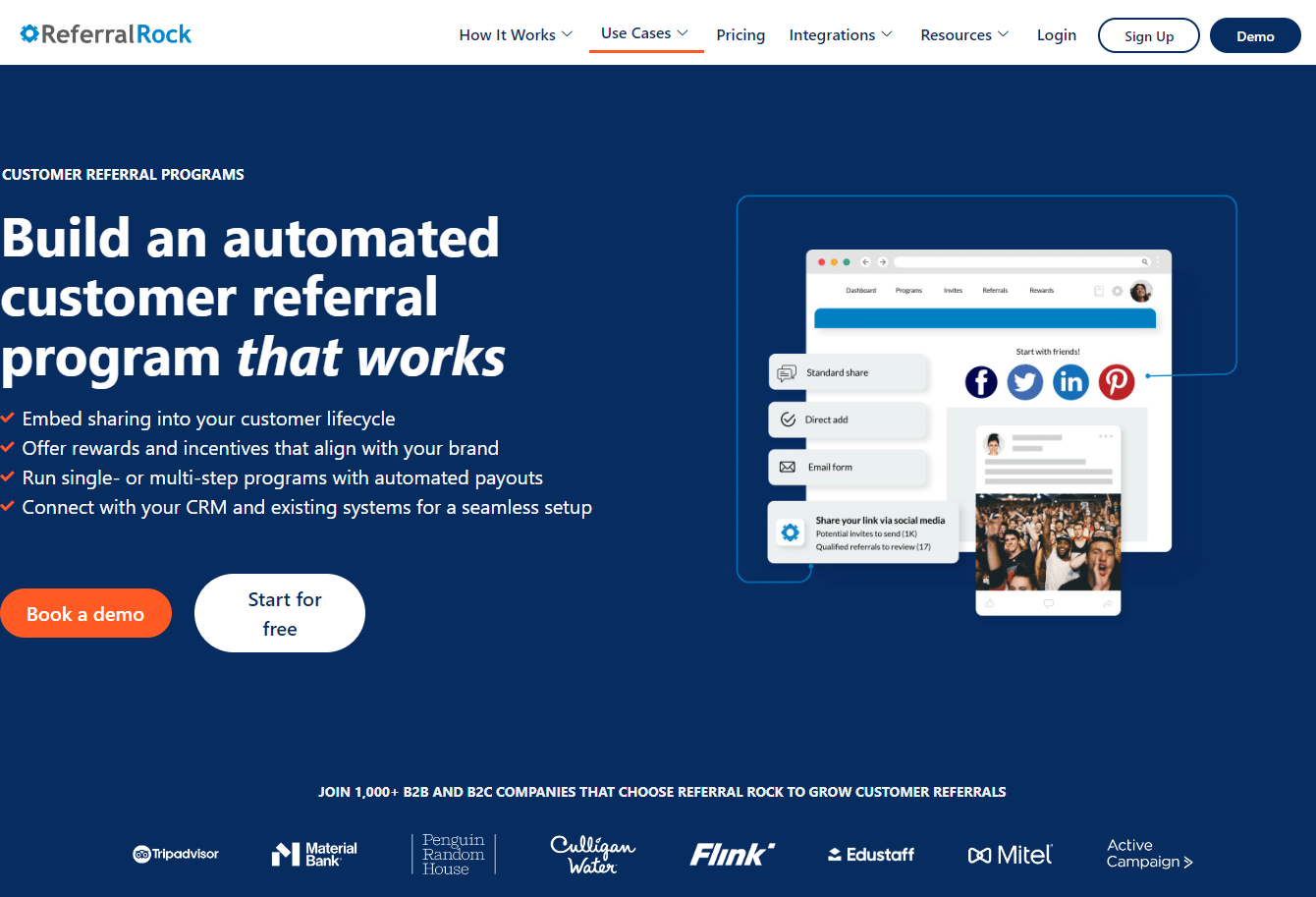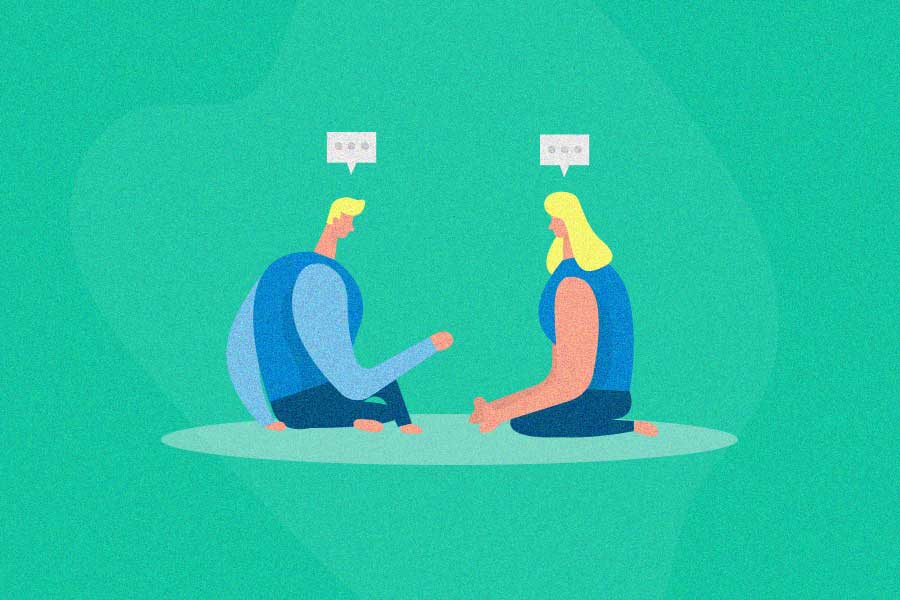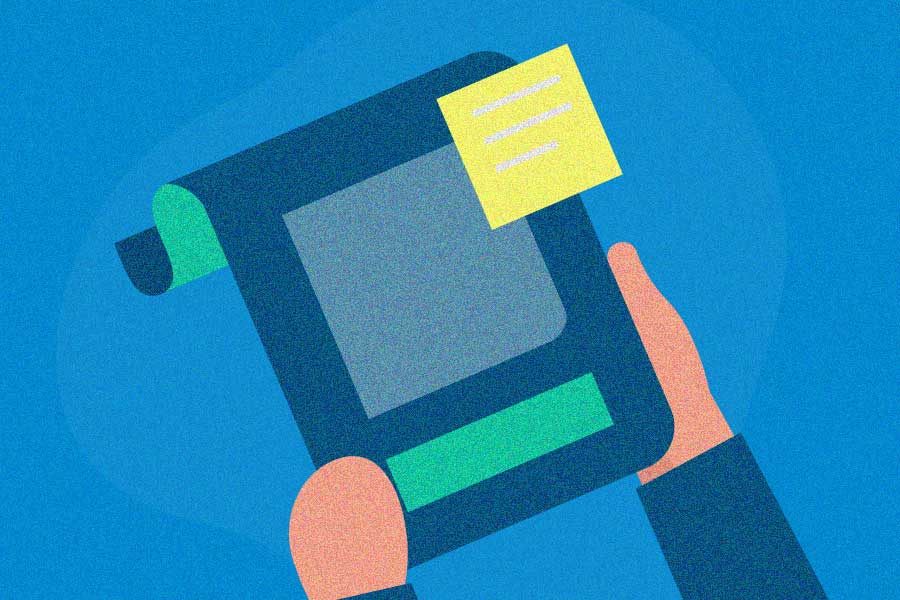Referral programs are a great way to lower your customer acquisition costs, increase conversion rates, and boost your customer lifetime value. But there’s no one-size-fits-all approach to getting more referrals – you have to build a unique referral marketing strategy for your business, targeted specifically to your audience.
Whether you’re running a tiered program, a referral contest, or a simple give-and-get program, it must fit into your larger marketing strategy and align with your audience.
That said, there are some things that are important across the board. From the hundreds of referral programs we’ve evaluated, these qualities are the foundation for a successful referral program:
- Attractive reward incentives (rewards people actually want!)
- A reliable base of brand advocates (aka customers who love you)
- A well-planned promotion strategy (where you’re regularly reminding people to share without being pushy about it)
To show you how these qualities show up in action, we’ve put together a top list of referral program ideas, along with examples of creative ways to increase referrals and optimize your program. Let’s dive in!
1. Pick incentives that fit your company
Whether you’re a B2C or B2B business, and whether you’re a smaller or a larger company, offering an attractive incentive can help encourage customers to spread word about the value you provide. This amplified word of mouth is one of the many ways your business can benefit from a referral program.
Looking for the referral incentive ideas that will drive the most sharing? The best referral program incentives are ones that truly motivate your customers and fit your business.
Customers are more likely to join a referral program if the perks make sense and are something they actually want. For instance, if you’re a bank, cash rewards in the customer’s bank account might make the most sense, and if you’re a SaaS, you might offer feature upgrades. If your incentive meets these marks, you’re on the right track to referral program success.
What not to do: Don’t fall into these common reward traps that can destroy your customers’ motivation! Check out this video to learn the 5 most common referral reward mistakes, and what to do instead:
2. Choose valuable incentives based on purchasing patterns
Consider how your customers interact with your business. Is if frequent or seldom? Are they spending an affordable or considerable amount? Then, decide on what would have the most value and motivate them to make a referral.
For example, if you sell high-quality, expensive items meant to last several years (i.e., mattresses, furniture, cars), a voucher for $50 off the next purchase won’t appeal very much to an existing customer. When would they expect to use the voucher? Probably not in the near future. For a reward incentive to work, it should be something the customer wants to use soon, like cash, a gift card to another business or a gift basket with useful items. (If you want to generate your own coupon codes, look no further than our coupon card generator)
Or, if the purchases people make are frequent and relatively inexpensive, a 10% discount probably won’t make sense. Store credits in a fairly generous amount, a swag item, or a coupon for a free product may be more suitable.
3. Use double-sided incentives
Who doesn’t feel good after showering their friends and families with gifts? Many referral programs have a double-sided incentive structure that rewards both parties – the existing customer who made the referral and the new referred customer.
Why does this work so well? People don’t want to feel like they’re “selling out” their friends just to get a reward of their own. But if they can give something exciting to their friend and get something for themselves, the reward feels more, well, friendly.
For example, subscription fitness company ClassPass offers a double-sided Refer-a-Friend program. When an existing customer shares their unique referral link with a friend, and the friend uses this link to sign up, both parties get $20 off their next month.
Another reason the ClassPass referral program works so well is that friends can participate in the fitness classes together. So if a customer gets their friend to sign up, they’ll have a workout buddy in their next Pilates class – and $20 off, as well.
It’s best to tie the reward for the friend back to your business – like ClassPass does – so the friend has an added incentive to purchase. That means offering store credits, free products, upgrades, or discounts, to be activated at the time of purchase.
The problem with this approach is that it relies on intrinsic motivation to get the existing customer to refer, since there’s no incentive for the existing customer. Also, the referred friend won’t necessarily make a purchase after they receive the free gift.
Double-sided referral rewards are more reliable, because they reward both parties and are activated when a purchase is made.
Here’s how to create referral coupons that benefit both parties.
4. Offer tiered incentives
Your customers may be motivated with a cash back or discount reward for their first few referrals – but they will be even more motivated if the reward gets better with every additional new referral.
A tiered reward structure works by keeping participants motivated to move up in the referral program, and challenged to earn even greater rewards for a higher number of referrals.
Plus, if someone successfully refers five or more new customers to your business, they’ve brought in a substantial amount of revenue and new business. Why not share a piece of the pie?
A possible tiered referral program can reward customers based on how many of their referrals result in actual customers. For example, a customer would start in the first tier and earn $25 for each referral. Then, once they successfully refer five new customers, they move on to the second tier and now earn $50 for every additional referral.
Or, you could try a tiered system that offers stacking free products, like Harry’s did for their viral prelaunch referral program.
In this program, advocates would earn accumulating rewards with each referral (starting at 5 referrals and progressing up to 50). If someone successfully got 50 friends to share their emails with Harry’s, they would earn a year of free blades, in addition to a shave set, Truman blade and handle, and container of shave cream.
5. Do it for a cause
Maybe your business can’t offer rewards for referrals (as is the case for businesses like medical practices, dentist offices and counseling services). Or, your business might simply know that many of your customers enjoy making a difference. Why not make a charitable donation on the customer’s behalf instead of traditional incentives? If a customer refers a friend, you can offer to donate $50 to a charity, tying your referral program to social good.
This approach works particularly well if the donation is made to a relevant charity. Take a cue from Warby Parker’s Buy a Pair, Give a Pair Program, committed to providing eye care to 2.5 billion people around the world.
Business management software company Vena provides a strong example of a charitable referral program. Whenever a client refers a business lead that converts into a successful sale, the SaaS company donates $2000 to a charity of the advocate’s choice. Charities Vena has previously supported through the program include the World Wildlife Foundation and the Wounded Warrior Project.
6. Give a higher reward for the first referral
Many customer referral programs offer a consistent referral reward. Uber, for example, offers both loyal and new customers the same referral discount throughout their entire program.
However, many companies are starting to offer customers a larger “signing bonus” for the first referrals they make. Rather than offering $15 off for each referral, for example, a program can offer $50 off for the first referral and $5 off for all subsequent referrals.
Starting with a higher incentive for the first referral encourages customers to join the program from the get-go, and is a great option if your budget is more limited. Then, once the customer has received their first rewards, odds are they’ll be more likely to participate in the referral program in the future.
7. Incentivize for sales, not just prospects
For a referral campaign to be successful, customers don’t just have to refer their friends – these referred friends must become new customers. The way most referral programs are set up, this is the condition before customers can actually reap their rewards. How can you help customers convert their referrals into sales?
The best way to convert the referred prospect is by showing them the benefits of making a purchase, like Everyplate does below with their eye-catching email. Aside from highlighting desirable features of the product or service, consider offering a double-sided incentive to reward them for their first purchase.
Prospects will always be more inclined to try something out if they feel they are getting special treatment or value. Plus, the prospect (and hopefully, new customer) may even be so happy with the entire reward program experience, they will end up joining the referral program themselves.
8. Create urgency with limited-time bonuses
You can spice your referral program up for a limited time by increasing referral rewards (whether that’s by doubling a cash or credit bonus or adding in an extra free gift). This creative way to increase referrals can help ramp up sharing and purchases during slower periods, or add momentum right before the holiday season.
9. Launch a “most referrals” contest
Another way to add urgency – and create super-advocates – is by creating a referral contest. In this model, the person who brings in the most new customers during a given timeframe receives a big-ticket bonus. You could also reward prizes to the top three or top five referrers.
This referral program idea only works well, though, if every successful referral still nets a customer a smaller bonus (like in the example from Huckberry below). Customers may not be as inclined to refer if they feel like their chances of winning a reward are slim.
10. Try a bonus drawing
In addition to your regular referral incentives, you could also run a flash drawing for a bigger-ticket item. In this drawing, every referral within a given time period earns an entry into the drawing. So, the more referrals someone makes, the higher their chances of winning the major prize. Like the flash bonuses, this is another great way to drive referrals in slower seasons.
One of the most famous referral drawings is from Morning Brew, where they suddenly announce that referrers have a chance to win a MacBook Pro laptop.
11. Draw on the element of surprise
As long as you know that your referral incentives will motivate your customers, try offering a mystery gift to advocates when they make successful referrals. This strategy works well when your product line is fluctuating or trend-based, if you offer many variants of similar products, or if you know your customers enjoy mystery gifts or reveals. The mystery gift could also be a gift box, personalized to an advocate’s specific interests.
Robinhood has used this idea by offering mystery shares of stocks for every successful referral. An added advantage of their approach is that users enthusiastically shared the free stocks they ended up earning (especially if they got lucky enough to earn an Apple or Microsoft stock).
Only use this incentive, though, when you know your customers are ok with the element of surprise. If you think they’d rather have transparency regarding the referral reward, either skip this one, or use a mystery box as part of a tiered program with most of the rewards already revealed.
For more incentive ideas that are proven to convert referrals into customers, see our other articles below:
12. See what others in your industry are doing
What rewards, and reward structures, are top referral programs in your industry using? And what are best practices for your industry’s referral incentives? It’s a great idea to check that out. You might pick up ideas for promotion, and for other parts of your program, as well.
We’ve got plenty of referral program guides by industry to help you out. Here are some of our favorites:
- SaaS referral programs
- Small business referral programs
- Education/online course referral programs
- Franchise referral programs
- Subscription referral programs
13. Show customers your appreciation
In the same way you will have your best customers, you will also have your best referrers. If you see a certain customer always refers you to others, or goes out of their way to recommend your brand every chance they get, find a way to show them your appreciation. Some marketers send out handwritten thank you notes, while others put together a care package full of premium products.
Many referral marketing programs offer monetary rewards, such as cash back, store credit, a free month subscription, or discounts. But a great referral program idea would be to include more unique rewards. For instance, aside from the usual monetary incentives, why not offer specialty free products, an exclusive club membership, a weekend trip, sports season tickets, or another high-value giveaway.
If your business isn’t in the position to give massive rewards, then offer some company swag. You’ll be surprised how many customers will refer your business for a cool t-shirt or cap.
14. Turn your best customers into brand advocates
Brand advocates not only promote referral program campaigns, but help expand and elevate your entire brand. With the right brand advocates proudly standing behind your business, referrals and word of mouth are bound to happen.
And when you recognize your happy customers, you build customer loyalty, customer retention, and trust – which means successful referral programs ahead. Plus, the referrals these advocates bring in are more likely to stick with your business – and become advocates themselves.
Creating advocates simply means finding and mobilizing customers who are already promoting your brand. Find a few of your top customers and consider creating a team of advocates for your brand.
15. Look to your high-value customers
While you can’t fully control who or when someone will share your brand with others, you can actively engage your happy customers to refer their friends. After all, happy customers make the best advocates.
Jumpstart your referral program success by inviting your best customers to join. These are usually your biggest fans and therefore, most likely to get involved and promote your brand.
A few signs of a high potential brand advocate are if they make frequent purchases, engage with your brand on social media, or share positive customer reviews on third-party sites.
Many companies start by sending a short NPS survey, which can help verify which customers are most likely to recommend you to their friends. You can also use advocate marketing software to streamline the process of mobilizing advocates.
16. See who’s already promoting you, and reach out
Have you found customers who are already sharing your products on social media (for free)? They’re already advocating for you, so why not personally reach out and ask if they’d like to join your referral program?
If someone has promoted you multiple times, has an engaged audience, and has proven social media prowess, you could even go one step further and ask if they’d like to be your brand ambassador. Ambassador programs are similar to referral programs, but are more formalized so you can engage and train your best advocates.
17. Create a community referral program
If you want something outside the traditional referral route, consider creating a community referral program. Instead of rewarding customers, you are contributing to a local business, a school, or other non-profit group.
Papa Gino’s, for example, offers non-profit organizations the opportunity to organize fundraisers in their restaurant. The organization simply books a date at their desired branch, promotes the event to their network, and Papa Gino’s will donate 20% of total sales back to the organization. It’s a win-win!
And law firm Morgan & Morgan Attorneys At Law has has committed to promoting reading in their community. For every successful referral made to the law firm, Morgan & Morgan donates $30 to local charity Books For Keeps in the advocate’s honor. Using the $30, Books For Keeps then gives a tote with 12 books to children in a low-income family.
If this type of referral program makes sense for your business, you may find it to be extremely beneficial. Many customers are already willing to refer – giving them a good reason and cause to support will only motivate them even more.
18. Motivate your employees
Your employees have the potential to be some of your biggest brand ambassadors. They know almost everything about your products and services, and are deeply engaged on a day-to-day basis. So why not create a referral program specifically for them?
(Note that an employee referral program can have two different purposes: employees recruiting other potential employees, or employees referring potential customers. In this case, we are describing the latter.)
Employee referral programs can run like a regular customer referral program, with a reward for every referral. Or they can be held as a monthly referral contest, where each employee gets a raffle entry for every customer they refer. You can even create a leaderboard to celebrate all the successful referrals and sales that come from your team. Adding elements of gamification help to make any referral program much more engaging.
19. Consider an affiliate or partner program
While a referral program encourages individual customers to refer their friends, an affiliate program or partner program incentivizes content creators, businesses and resellers to promote your products.
For example, Leadpages has an affiliate program that allows participants to earn 50% in commission from their referred customers. If a B2B blogger places an approved affiliate link to the Leadpages website in their review of the Leadpages service, they will get a percentage of every purchase made through that link.
Partner programs, on the other hand, are more personal. They require you to form a relationship with the partner business. And similar to referral programs, they also involve offering partner program incentives. Partner programs are perfect if you’re already dealing with other businesses, which we cover in more detail in our B2B referral program guide.
Whether you choose to join forces with an affiliate or partner (or both!), these programs are a smart way to expand your customer base and build your network.
20. Talk to people at non-competing businesses
Depending on your business type, you might know of other related but non-competing businesses that could naturally send you customer referrals. For instance, a plumber might send referrals to a restoration or HVAC company, and a travel agent might send referrals to a luggage ecommerce site. Give them their own referral link and invite them to send you referrals. You might even give them their own types of dedicated incentives.
21. Gain advocates by instilling confidence in your brand
As you start looking for the right advocates, employees, affiliates, or partners, remember that your referral program will only work if others are confident in your brand.
The only way to instill this confidence is by providing a great product and great customer service. You may be surprised how many people are already willing to refer your company with just these two elements in place.
Still stumped on program ideas to boost advocacy? Here are a few articles that may be able to help:
22. Use a simple but catchy program headline
Now, let’s look at some referral program ideas for promotion. After all, your program has to be seen by your customers before they can share it. Fortunately, there are many effective ways to promote your referral program and make sure it reaches your target customers.
If you can craft a strong but short sentence, and explain your program’s benefits at the same time, you will definitely get your customer’s attention. And when your customers are paying attention, word of mouth occurs.
Below are some examples of great headlines. Notice how they use numbers, get straight to the point, and clearly explain the benefit of joining.
- Bombas: “Give 25% off and get $20” – Simple and to the point.
- Greats: “Tell your friends about GREATS and you both get 20%” – The headline covers the who, what, and why in one short sentence.
- Red Coach: “Invite friends, get up to $50 off, give a free trip!” – Customers know what to do, why they should do it, and are offered an exciting incentive at the end.
Want more? The following examples are referral headlines and slogans that you can customize and make your own.
- Share With Your Friends and Get $10
- Refer and You Shall Receive
- Help Us Help You
- Invite Your Friends and Earn a Free Ride
- Give $100, Get $100 for Yourself
- It’s How We Say… Thanks!
- Share the Love
23. Ask customers when they’re happiest
When you ask is just as important as how you ask. The best time to ask customers for a referral is when they’re most engaged with your brand – the moment you can say, “Thanks for being such a great customer! We’ve truly enjoyed our experience with you, and would be happy to help anyone else you think would enjoy our products, too.” Some of these best moments are right after a purchase, delivery, or successful customer support chat.
Event-based email invitations let you engage customers during their happiest moments—those times when they’re most inclined to share their experiences with others.
Consider sending out these tailored, strategic emails to individual customers when they meet specific criteria (Referral Rock makes it easy to set these up and automate the process).
We recommend sending timed emails after a purchase is made, after onboarding is completed, or following any significant milestone that indicates customer satisfaction. You can send these emails immediately after the milestone or a few days later.
Additionally, why not send a timely email right after a customer earns a reward? Celebrate their achievement, provide the necessary details for the reward redemption, and motivate them to continue sharing to earn even more rewards.
24. Leverage holidays and special events
As with any marketing campaign, you can also use holidays or other events to draw attention to your referral program. For instance, as Valentine’s Day approaches, you can launch a “Spread the Love” campaign, where you give $20 gift card to both customers and their referred friends during the entire month of February. Or, tie into the “Friendsgiving” concept around Thanksgiving, as Ibotta did.
There are holidays for every season – St. Patrick’s Day, Christmas, Independence Day, etc. But don’t feel confined by the Roman calendar, either. You can create a fun brand holiday (i.e., IHOP’s National Pancake Day, 7-Eleven Day), choose a holiday based on friendship (like National Best Friends Day) or celebrate the day your business was founded.
Or why not set a date for a special customer appreciation campaign? After all, having a loyal customer base is all the reason you need to celebrate. Many companies designate April 18 or the third Friday in May as Customer Appreciation Day, but you can always stand out from the pack with any date of your choice.
25. Create a great landing page (with FAQ)
The best-performing landing pages are clean and uncrowded. Avoid bombarding your customers with blocks and blocks of text. Chances are, they’re more interested in the reward and won’t get to read it all anyway. It’s better to break things down into 3-4 simple bullet points or images.
So how to cover the rest of your important program information? Add an FAQ section. This allows you to give a thorough explanation of your program, without crowding the initial messaging and call to action. Plus, a referral program FAQ can be easily updated to include any new details or customer questions.
26. Include eye-catching images and visuals
The first thing that catches a customers eye – even before they start reading – are the visuals. Use images and other style elements to grab a customer’s attention and visually explain more about your referral program.
Whether you’re using custom graphics to guide customers through the referral process, or adding a photo to show off the actual reward, visuals are a great way to present a more intriguing program.
For example, you can go with the popular hero image or banner. This is the main visual that goes center stage and presents the page’s most important content – which is this case, is your referral program.
You can also use images to break up any lengthy text and keep your referral promotion easy to read.
27. Thank customers with an invite to your refer-a-friend program
How can you thank your customers for supporting your brand? By offering them the opportunity to earn rewards! Along with a sincere note of thanks, an invitation to join a refer-a-friend program is a great way to foster relationships with your customers.
Not only will your customers feel appreciated and recognized, they will also be more open to engaging with a brand they already know and like. You can include this thank you note and invite in a personalized email, or on a dedicated thank you page displayed right after a customer makes a purchase.
Or, you can thank your customers all at once, with a social media referral program announcement focused on showing your appreciation.
28. Make sure the program is discoverable
After adding a referral program section to your website or ecommerce store, the next step is to make sure it’s easy for customers to discover. The more access points available for people to find the program, the more shares you stand to receive.
Take a look at all the media channels your customers have access to: Are they part of an email newsletter? Are they directed to a thank you page after every purchase? Maybe you have a strong social media or blog post following?
Consider every channel of communication as an opportunity to place a link and share your program. Here are a few other key places to mention or link to your referral program:
- Your homepage
- Website menus or ad space
- Your customer portal (if you have one)
- Social media
- Blog posts
- Existing email marketing campaigns (in the body or included in your signature)
- Newsletters
- Thank you or confirmation page (as Lokai does below)
- Invoices/Transactional emails
- Flyers or other printed collateral (include a QR code that directs customers to your program page)

29. Retarget customers with strategic emails
People have a lot going on. Unfortunately, that means they tend to forget about your referral program if they aren’t reminded often enough.
Retargeting or sending a friendly reminder to these customers may be the nudge they need to move forward and share with your referral program.
With the right referral software, you can customize when you want this retargeting to take place.
Referral Rock lets you send customized Monthly Summary emails to all your members. These emails provide a recap of their sharing activities from the previous month and encourage them to continue making referrals. They tend to attract a lot of attention, often leading to increased engagement.
You can also automate referral emails to all customers at specific intervals (we suggest doing this monthly to quarterly), including those who haven’t yet signed up for the program.
Additionally, we recommend sending quarterly re-engagement emails to people who haven’t participated in the program during a specific quarter, but have shown interest in it previously.
Need more ideas for program promotion? Here are a few articles that may help:
Referral marketing software: The backbone of your program
How to most successfully apply the vast majority of referral program ideas on this list? You’ll need the right referral program software. Software creates uniquereferral links that let you easily track referrals, and collects detailed program metrics so you always know how your program is performing. Plus, software helps automate promotions that keep customers engaged with your program, and instantly triggers payouts when customers earn rewards. So, it creates continuous advocates!
If you’re interested in a tiered program, contest, or other specialized referral program structure, choose your software carefully, as not all referral software has the functionality to run complex programs.
Referral Rock will let you set up any type of referral program for any industry, including gamified programs, tiered programs, and multi-step programs. Plus, it’s flexible enough to run affiliate and partner programs. Set up and launch in days, with no coding needed!
What can you learn from these referral program ideas?
Word-of-mouth marketing is proven to be one of the biggest drivers of customer acquisition and business growth. Creating a referral strategy will help you generate reliable word of mouth that can scale your business.
Referral programs are a great way to motivate current customers to spread the word about your company. We hope these creative customer referral program ideas inspire you to look into using referral software to start your own referral program, or take an existing one to the next level.
For more referral marketing ideas and inspiration, look to our ultimate guide to referral programs.
Or, check out these resources:
- Learn more about building a customer referral program using software
- See how home technology company CoolBot used a referral program to turn customers into brand ambassadors
- Check out more referral program examples

